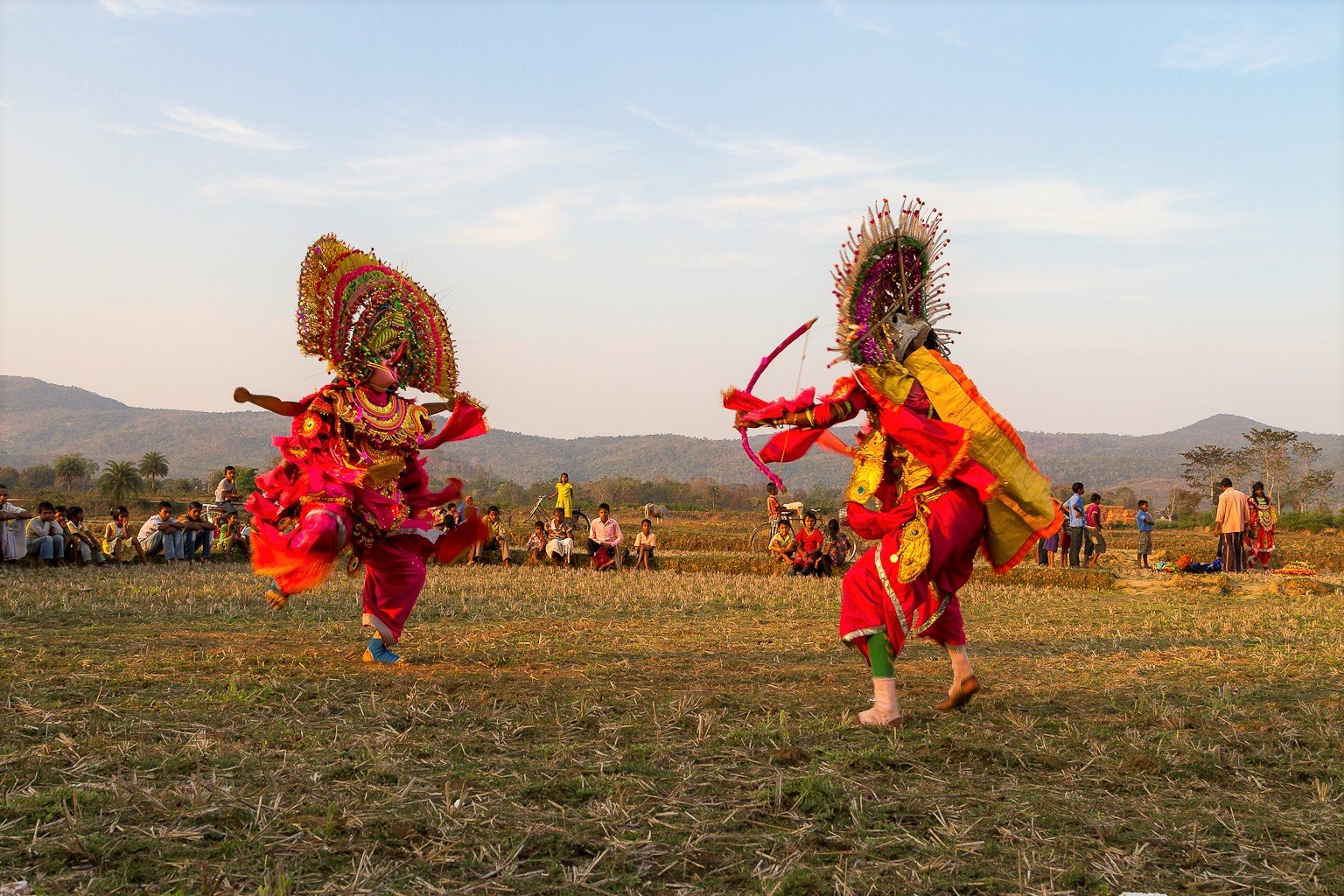Keeping Tribal Traditions Alive: chhau Dance by {Ms. Priyanka Singh, Entrepreneur}
What is Chhau dance?
Chhau dance, also spelled as Chau or Chhaau, is a semi classical Indian dance with martial, tribal and folk traditions, with origins in eastern India. It is found in three styles named after the location where they are performed, like the Purulia Chau of Bengal, the Seraikella Chau of Jharkhand, and the Mayurbhanj Chau of Odisha.
The dance ranges from celebrating martial arts, acrobatics and athletics performed in festive themes of a folk dance, to a structured dance with religious themes found in Shaivism, Shaktism and Vaishnavism. The costumes vary between the styles, with Purulia and Serakeilla using masks to identify the character.
The stories enacted by Chhau dancers include those from the Hindu epics the Ramayana and the Mahabharata, the Puranas and other Indian literature.
The dance is traditionally an all males troupe, regionally celebrated particularly during spring every year, and may be a syncretic dance form that emerged from a fusion of classical Hindu dances and the traditions of ancient regional tribes. The dance is amazing and brings together people from diverse socio-economic backgrounds in a festive and religious spirit.
What are the types of chhau Dance?
The style and variety of the costume of the dancers largely depends on the characters being portrayed by them. Usually, there are three types of characters – Gods and Goddesses, Demons and Monsters.
When depicting Gods and Goddesses, the color red is a prominent aspect of the clothing, as is elaborate costume jewelry around the neck and the headgear. The costume for Gods and Goddesses can also include a few extra sets of arms along with trademark weapons that a particular God or Goddess was known for wielding. For instance, Kali Ma would be accompanied by a string of decapitated human heads.
Demons, while also elaborately dressed, are most likely to have different colored faces, for example, a blue face. Apart from this, the costume itself does not vary that much.
For monsters and animals, suits made to depict an animal or monster along with appropriate masks are worn. For instance, while depicting a lion, a dancer will don a lion suit along with a lion mask. This may or may not be accompanied by a weapon such as a sword.
How does artist perform Chhau Dance?
The Chhau Dance is not just a performance of dancers or re-telling of religious epics; musicians play an extremely large role. Indian instruments – Dhol, Shehnai and Dhamsa (percussion instrument and Indian clarinets) make the recital come to life.
The costumes also play a vital role in this performance. The male dancers wear brightly colored dhotis (flared bottoms) with a matching kurta on top. A vast amount of costume jewelry is worn in the form of necklaces. Female dancers, or male dancers depicting female characters, are known to wear colorful sarees.
The style and variety of the costume of the dancers largely depends on the characters being portrayed by them. Usually, there are three types of characters – Gods and Goddesses, Demons and Monsters, each with their distinct costumes and appearance. The masks worn during this performance are of vital importance as they are used to convey emotions and the nature of the character.
Mostly, these dances are performed on the floor, as opposed to an elevated stage. The performers create a magical performance as audience sitting in a circle or a semi-circle around them to watch.
In 2010 the Chhau dance was inscribed in the UNESCO’s Representative List of the Intangible Cultural Heritage of Humanity. Of late the Chhau masks are getting a lot of attention. The Chhau masks have also been presented with the Geographical Identification (GI) tag by the Geographical Indication Registry and Intellectual Property India along with other handicrafts like Dokra, Pattachitra and Madurkathi.
